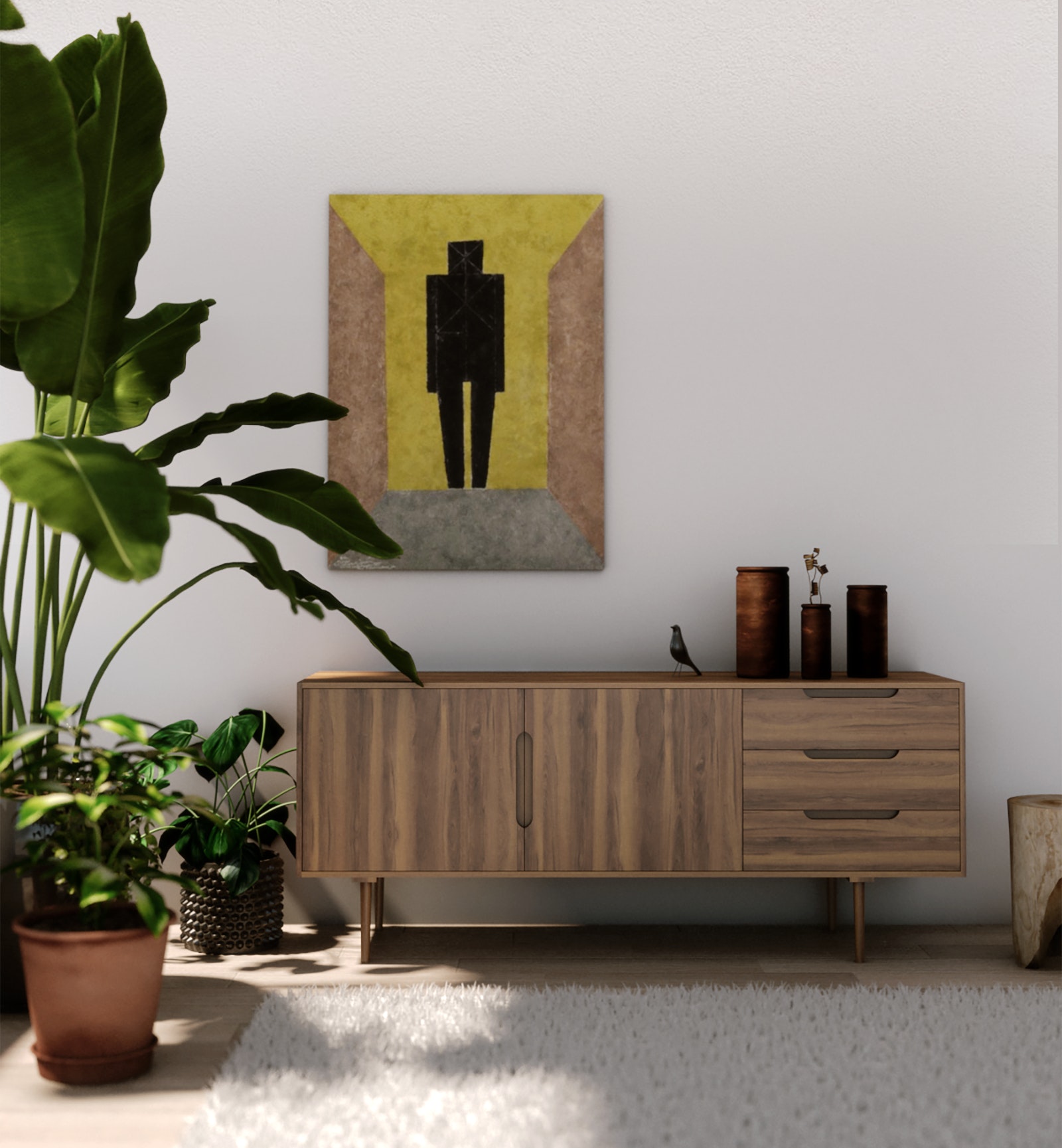For home builders, staging a model home is an important sales tool. Staging your model homes will allow potential buyers to visualize themselves living there. It can also boost a home’s sale price. In a 2019 report by the National Association of Realtors, 17% of sellers’ agents reported that “staging a home increased the dollar value of the home between six and 10 percent.”
Most homebuyers begin their searches online, and staging will give them a great first impression in photos. Staged homes photograph much better than empty rooms.
Here are five tips for staging a model home.
Do Consider Demographics
Every market is different. When staging a model home, it’s important to keep your target audience in mind. Buyers in a neighborhood full of young families with children will have different needs than buyers in a primarily middle-aged community. Young families are more likely to want homes with lots of bedrooms and big backyards, while older buyers may prefer a home office or a formal dining room for entertaining.
Do Paint In Neutral Colors
Your model home needs to appeal to as many buyers as possible. Some potential buyers may be turned off by brightly-colored walls or unusual paint colors. Avoid painting in dark colors; this will make rooms feel smaller. Paint the walls of your model home in a neutral color, and use accessories to add a splash of color to each room.
Do Give Each Room a Purpose
Every room in your model home needs a purpose. Buyers can’t connect with a room they can’t picture themselves using, and they may feel lost or confused if they don’t know what to use a room for. If your model home contains a “great room” with an open plan, spaces must be clearly defined for a single use. For example, set the dining area clearly apart from the family room area. Let your buyers imagine how they will use the space themselves.
Don’t Create a Cluttered Feeling
Loading a room with too much furniture and lots of accessories will make it feel cluttered. Staging only requires a few key pieces of furniture in each room. Like walls, furniture should be in neutral colors. Make sure there’s plenty of space to walk around furniture; otherwise, the room will feel cramped.
Don’t over-accessorize the room. Too many knick-knacks will make a room look and feel cluttered. Place a few books on shelves, add throw pillows to couches, or place a small lamp on a desk in a home office. Don’t include any furniture or accessories that don’t fit a room’s intended purpose. For example, don’t place a TV in a bedroom.
Don’t Forget to Stage Outdoor Spaces
The home’s exterior gives buyers their first impression. Ensure the landscaping is well-maintained. Welcome potential buyers with potted plants or flowers near the front door. In the backyard, add outdoor furniture to create a lounge area or a dining area. Make the backyard feel like an extension of the home’s living space.
Staging can help you fetch top dollar for a vacant property. Contact us to learn more about how we can help you stage your model home. We look forward to working with you.

